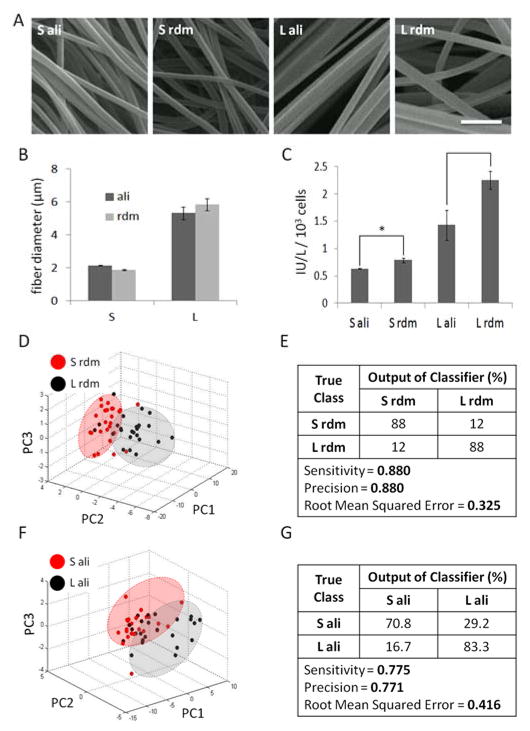Fig. 5. SC-35 domain descriptors discern fibrous scaffold topography-induced alkaline phosphatase expression within 3 days.
hMSCs were cultured in BA media on (A) fibrous scaffolds featuring fibers of two different sizes and orientations. SEM micrographs of electrospun fibrous scaffolds of two sizes (small, large) and fiber orientations (aligned, random) were used to (B) quantify fiber diameters and show that fiber orientation does not significantly affect fiber diameter. Small fibers are distinctly smaller (~2 μm) than the large fibers (~5.5 μm). (C) hMSCs cultured on these fibrous scaffolds for 14 days show distinct alkaline phosphatase activity profiles. For ALP activity determination supernatants from 3 wells measured and averaged for each condition. High content analysis of SC-35 descriptors at 3 days show that hMSCs cultured on (DE) small versus large randomly-oriented fibers and (F–G) small versus large aligned fibers can be identified, as confirmed by distinct clusters in PCA plots (D–F) and decision tree classification analysis (E–G) of PCA-derived principal components. Scale bar = 10 μm. * indicates statistical significance (p < 0.01). For descriptor analysis, at least 20 cells were analysed for each condition.

